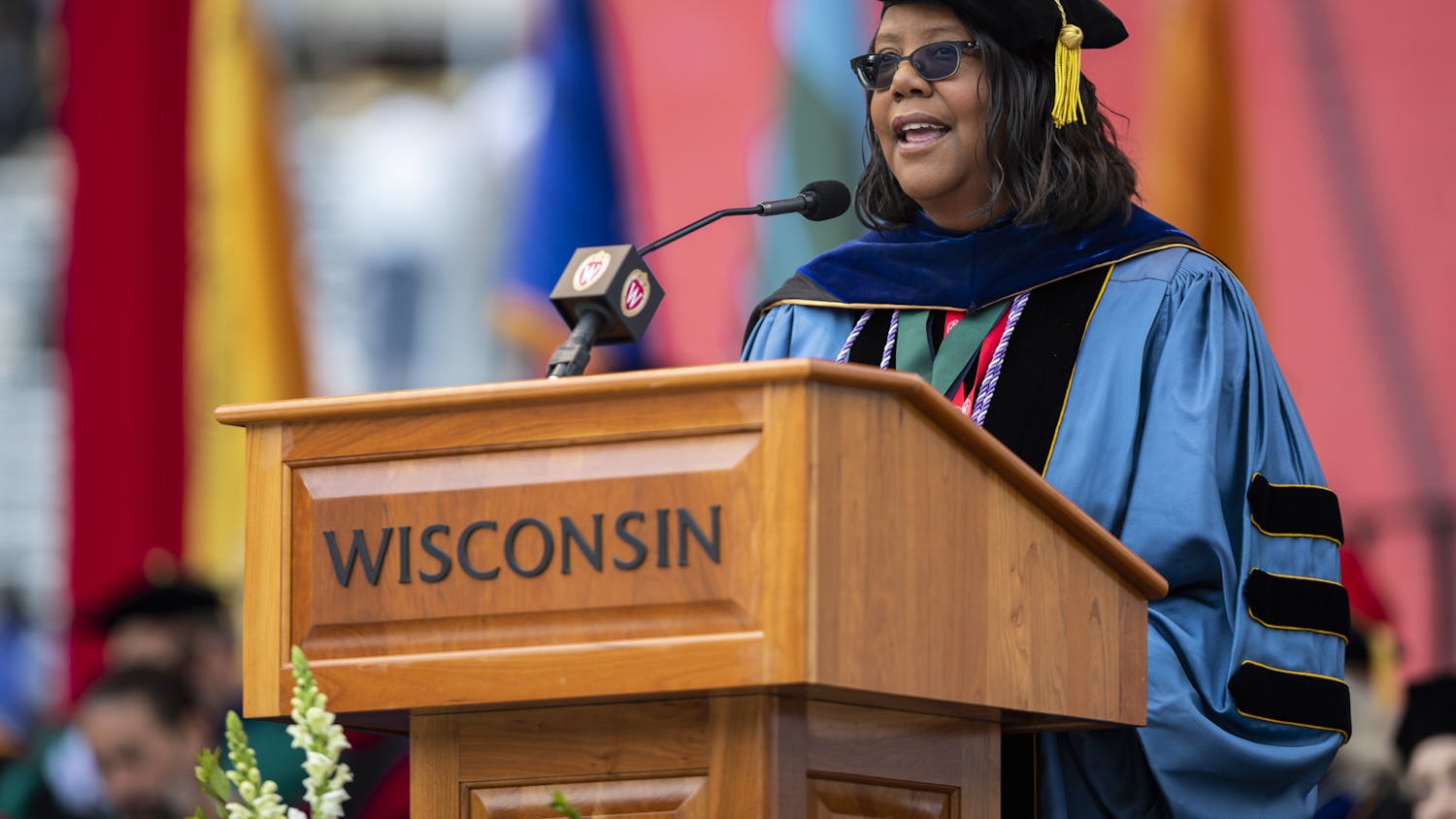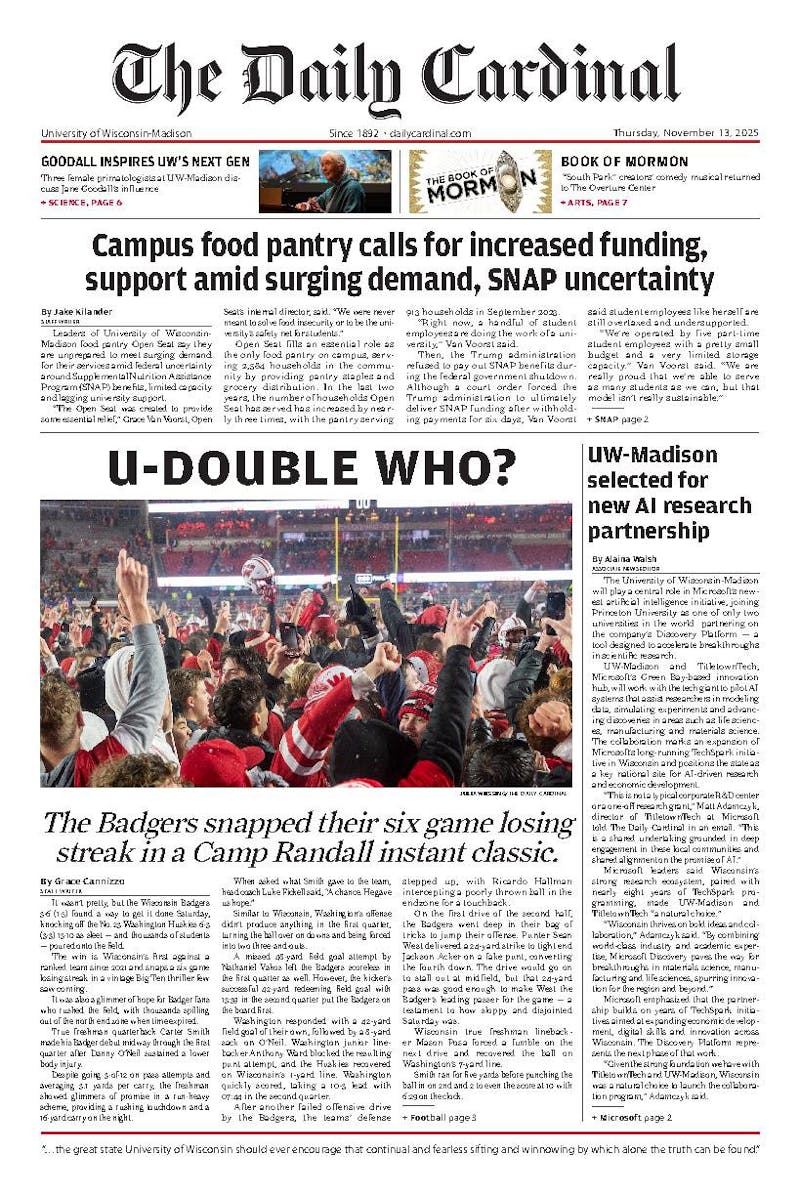The UW-Madison Athletic Department's revenue for varsity team sports is up $4 million from last year, totaling $82.6 million, according to a report submitted to the U.S. Department of Education Tuesday.
The Equity in Athletics Disclosure Act requires all NCAA member institutions to supply details of revenues and expenses of its athletic teams.
According to the U.S. Department of Education's website, the report is designed to make prospective students aware of a school's commitment to providing equitable athletic opportunities for its men and women students.""
The most recent UW-Madison EADA detailed the revenues and expenses of 20 UW teams - o - o10 men's and 10 women's - o - oduring 2006-'07, with over 800 varsity athletes.
John Jentz, UW-Madison associate athletic director for finance, said the U.S. Department of Education requires the university to fill out the EADA report annually.
For the 2006-'07 academic year, the EADA report stated UW-Madison men's teams generated $55 million in revenue, up from $52 million in 2005-'06. UW-Madison women's teams generated about $5 million in 2006-'07, up from $4 million the previous year.
Of the men's teams $35.5 million total expenses in 2006-'07, nearly $20 million was spent on football and $5 million on basketball, according to the report. Total expenses include athletically-related student aid, recruiting expenses and operating expenses.
The women's biggest expenses were $3 million for basketball and $2.5 million for hockey, with total expenses in 2006-'07 equal to $14.5 million.
Jentz said many factors determine athletic expenses, however, operating expenses depend upon how campus facilities are managed.
For example, UW-Madison owns the Kohl Center, paying for staff and repairs as operating expenses. Ohio State University, however, has a similar facility, Jentz said, which is not owned by the university. In this case, OSU only reports a rental fee to use its facility for athletic events.
According to the 2006-'07 EADA report, men's basketball operating expenses totaled $1.4 million, while football operating costs totaled over $4 million.
""The fact that we get 80,000 people to a football game drives our [operating] expenses up tremendously for police and security and cleaning and concessions,"" Jentz said.
He stressed increased expenses, however, do not change a student athlete's experience in terms of available equipment.
In the report, operating costs per football player totaled nearly $34,000 for 120 participants. Due to the smaller roster of the men's basketball team at 16 players in 2006-'07, the operating cost per player totaled more than $85,000.
For more information, visit UWbadgers.com






